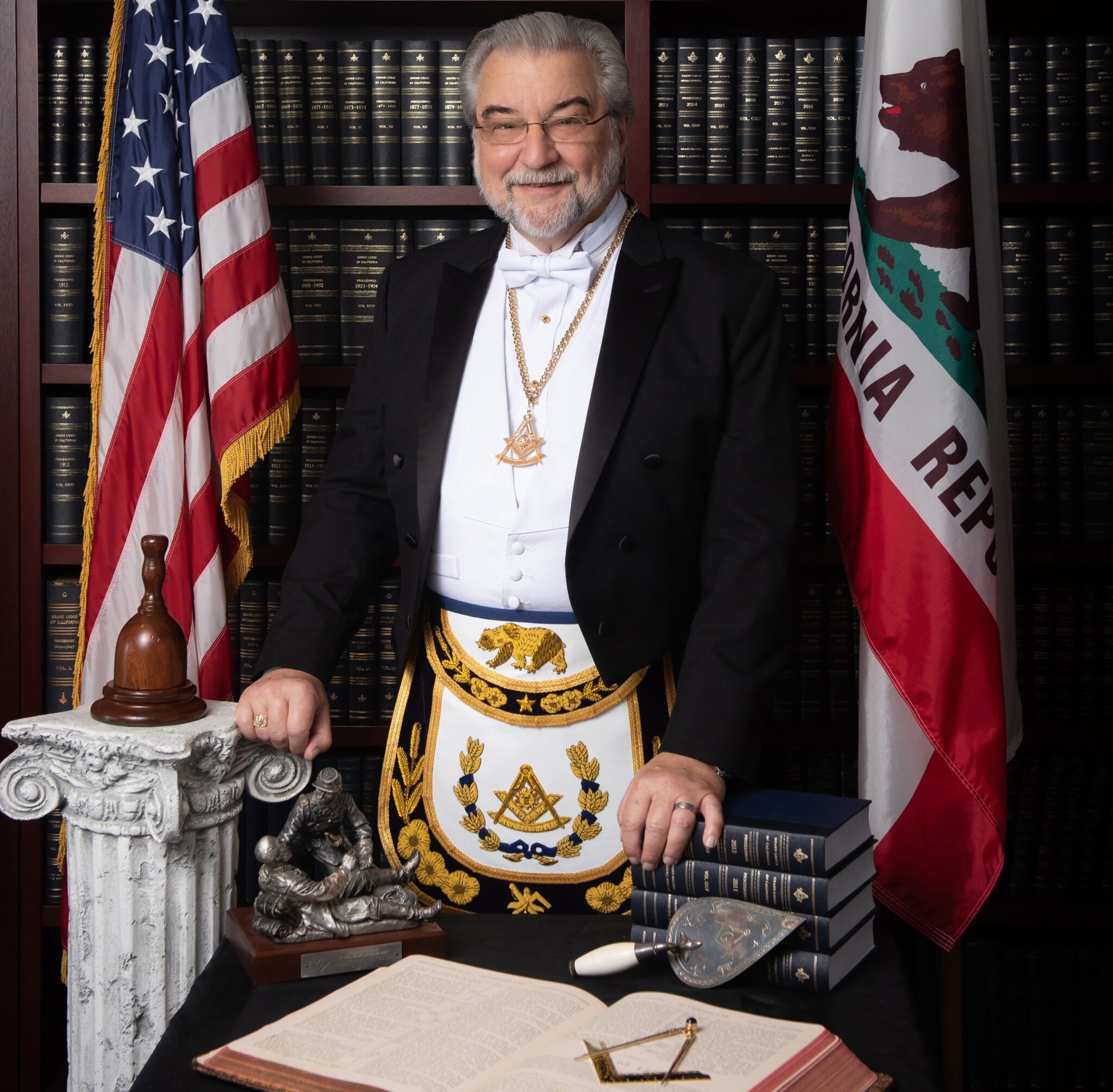
Grand Master Randy Brill: Starting Again
Grand Master of Masons of California Randall L. Brill explains how now’s the time for Freemasonry to begin again in California.

By Brett McKay
The following is excerpted from Brett McKay’s Art of Manliness blog. Within Freemasonry, the ritual is a cherished element of the initiate’s journey from Entered Apprentice to Master Mason and used to bind members together. The Masonic ritual is, in many ways, the defining feature of membership in the fraternity. It’s the closely guarded “secret,” the unifying event. It’s what separates Freemasonry from other membership and service organizations.
Here, McKay, a member of Veritas № 556 Lodge in Norman, Okla., explains how central rituals are to life outside the lodge—and their power to help us all evolve, grow, and start again.
One of the primary functions of ritual is to redefine personal and social identity and move individuals from one status to another: boy to man, single to married, childless to parent, life to death, and so on. Left to follow their natural course, these transitions often become murky, awkward, and protracted. Many life transitions come with certain privileges and responsibilities, but without a ritual that clearly bestows a new status, you feel unsure of when to assume the new role. When you simply slide from one stage of your life into another, you can end up feeling between worlds—not quite one thing but not quite another. This fuzzy state creates a kind of limbo often marked by a lack of motivation and direction. Since you don’t know where you are on the map, you don’t know which way to start heading. Rituals provide an outward manifestation of an inner change, and in so doing help make life’s transitions and transformations more tangible and psychologically resonant. They do so in a variety of ways.
Rituals, and particularly Masonic rituals, tap into the timeless archetype of death and rebirth. This archetype—so present in nature, from the seasons to the human lifespan—can be found in cultures and religions all over the world and is deeply embedded in the human psyche. There seems to be a universal human feeling that one’s natural birth is not enough; there is a desire to regularly wipe the slate clean and begin things anew. “Life itself,” wrote ethnographer Arnold van Gennep in The Rites of Passage, “means to separate and to reunite, to change form and condition, to die and to be reborn.” Ritual offers numerous chances to fulfill this need for fresh starts. This applies directly to the degrees of Freemasonry.

Rituals help move you from one status to another by creating a process that heightens and intensifies the transition. Rites of passage (and many other types of rituals) often follow the three-stage sequence laid out by van Gennep: separation, transition, and incorporation. First, you leave behind your old identity; then you exist for a time in an in-between stage; and then, finally, you are integrated into your new status. By clearly delineating these transitions, this three-stage sequence prepares you to leave behind your old identity and embrace and feel confident in your new one.
Researchers have found the human mind has a natural affinity for stories, and this predilection extends into how we make sense of our own lives. We all seek to fit our experiences and memories into a personal narrative that explains who we are, when and how we’ve regressed and grown, and why our lives have turned out the way they have. We construct these narratives just like any other stories; we divide our lives into different “chapters” and emphasize important high points, low points, and turning points. The drama offered through ritual (especially Masonic ritual) adds color to these events and makes our “story” more coherent.
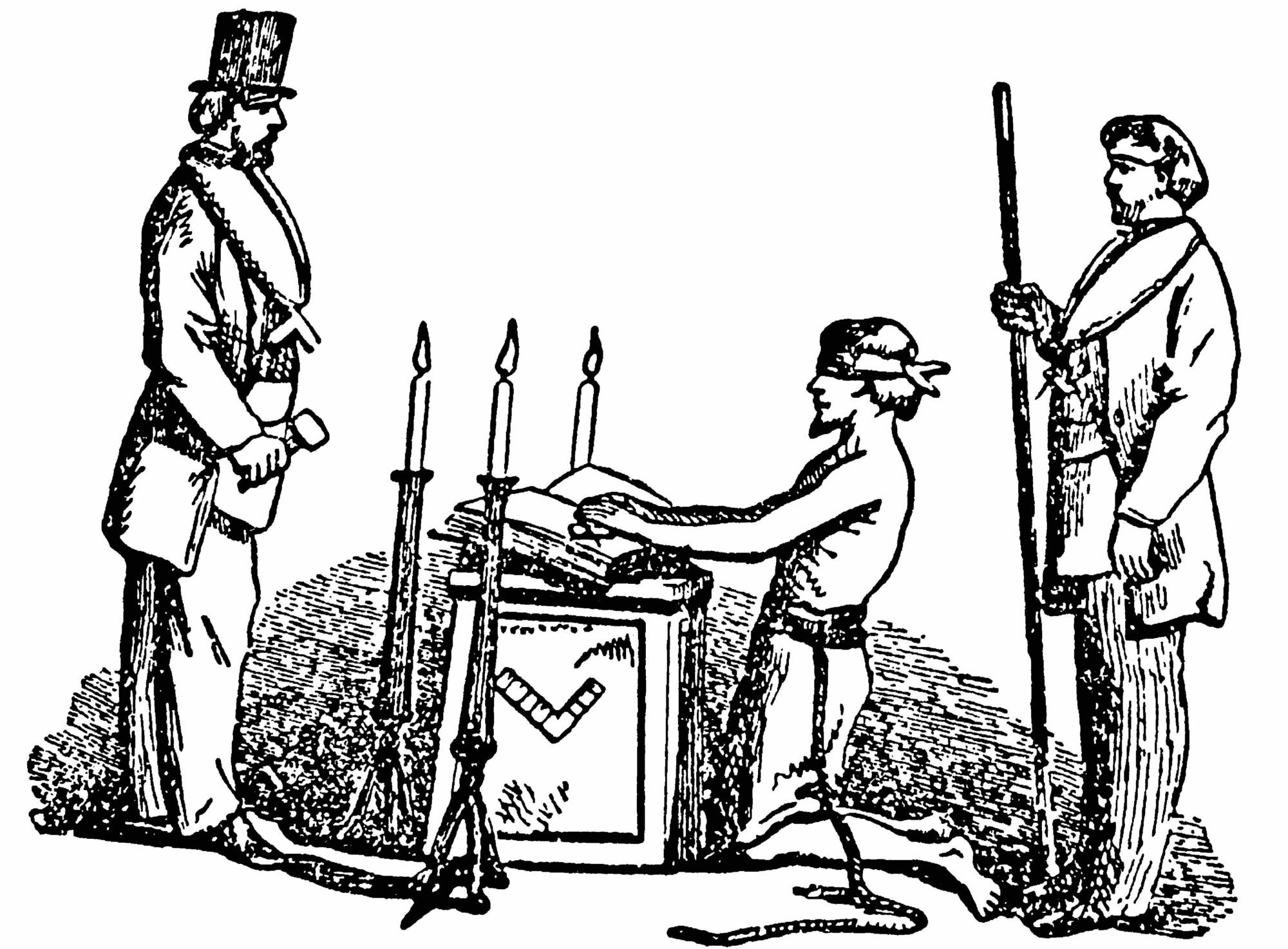
Rituals can take a psychological, biological, or spiritual change that happens gradually and turn it into a salient and tangible event. By tapping into the archetype of death and rebirth and helping mark different stages in our lives, rituals essentially take us through an encapsulated hero’s journey. And this micro hero’s journey in turn adds to our macro journey; in other words, rituals lend narrative structure to our lives by creating symbolic passages that weave strong, colorful threads into the fabric of our life’s odyssey.
Rituals create signposts in our memories through which we orient ourselves in life. When we feel lost and go gazing through the mists of time for clues about how to proceed, rituals are like prominent mountain peaks that we can always see, and that help us remember where we are and where we need to go. If our lives are like books, rituals are like braille; instead of our fingers blindly brushing over smooth pages when we go searching for direction, these bits of texture help us “read” and remember.
While we often know who we are and want to be, it’s easy to forget and lose hold of that vision as we go about our busy lives. Our purpose and values are like a rope that runs through our life and that we must keep ahold of day in and day out. Rituals of remembrance (or “echo rituals”) help us keep our grip on that rope through life’s dark tunnels.
The act-to-become principle says that your feelings follow your actions. So if you behave like the person you want to be, you will become that person, even if you don’t initially feel like you are. As Dr. Tom F. Driver puts it, “We constitute ourselves through our actions.”
All rituals are performance, actions in which there is an intended audience—even if that audience is just yourself. Your mind closes the gap between your feelings and your actions; by acting, you become. Driver puts it this way: “Who we are waits upon who we say we are.”
One of the maladies of our age is a feeling of disconnectedness from our physical selves. We spend much of our time interacting as disembodied personalities online and don’t navigate the tangible world or connect with other people in the flesh as much as we used to. Ritual provides an antidote to this malady, for, as Driver notes, “no good ritual is disembodied.” In fact, physicality is one of the linchpins of ritual’s effectiveness. Its physicality engages all the senses and activates the imagination. For example, learning about the ancient Israelites’ exodus from Egypt in Hebrew school is one thing, but sitting down to Seder and eating matzo and bitter herbs is quite another.
Rituals can summon and channel special forces that intensify and electrify an act, thus enhancing its effect. Driver explains this phenomena well:
“A ritual is an efficacious performance that invokes the presence and action of powers which, without the ritual, would not be present or active at that time and place, or would be so in a different way. The most obvious examples of such powers, no doubt, are divinities, demons, ancestors, and other spirits that may be called ‘supernatural’; but they may also be certain powers of nature, of society, of the state, or of the psyche.”
While rituals require subordinating some aspects of one’s individuality to the group, they paradoxically free up expression and make it easier to discover a greater sense of self. Rituals set up what Driver calls an “economy of behavior”— routines that prescribe what to do in certain aspects of our lives. Birthday party: balloons, cake, candles. Christmas: tree, lights, gifts. Choosing behaviors without these guideposts is like hacking your way through a dense forest. Rituals provide a few pre-blazed trails, allowing us to save energy for exploring deeper into the forest.
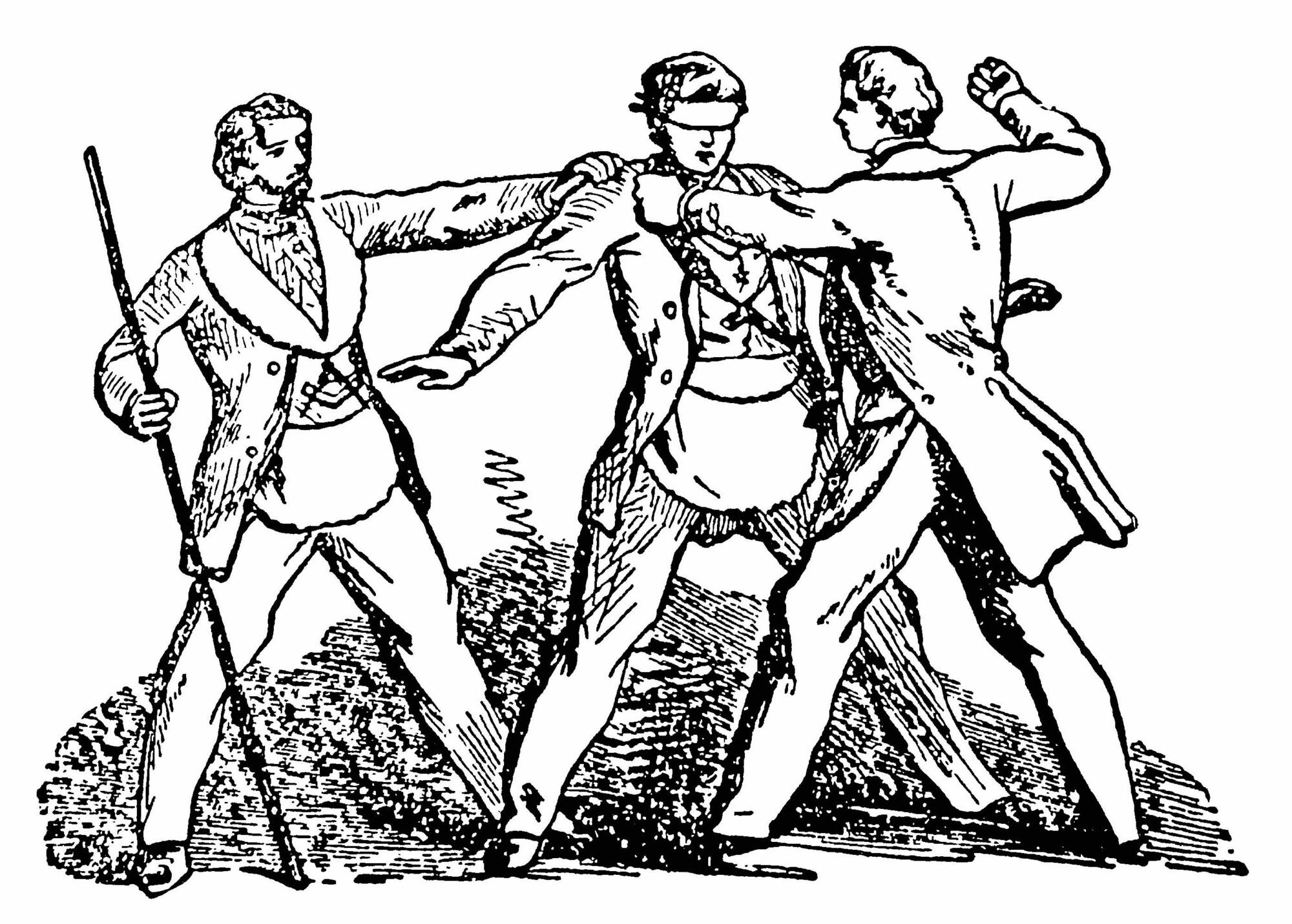
One of the most important ways rituals facilitate rather than curb expression is in how they help develop our practical wisdom—what the Greeks called phronesis. John Bradshaw, author of Reclaiming Virtue, defines practical wisdom as “the ability to do the right thing, at the right time, for the right reason.” Practical wisdom involves knowing the best way to respond in every situation, reacting neither too much nor too little and always choosing the balanced path of virtuous moderation.
How does ritual help you find that path? The authors of Ritual and Its Consequences give the example of teaching a child to say “please” and “thank you.” The rituals of social etiquette create a shared world of politeness. The cultivation of practical wisdom is closely tied up with the practice of ritual actions.
We often feel the need to do something physical in reaction to an event, and rituals can provide a catharsis that releases anxiety, stress, doubt, anger, sorrow, and fear (not to mention joy). Simple rituals like shining your shoes before a job interview can alleviate some of the nerves you are feeling and center you. Taking a morning run or slowly shaving with a straight razor can have the same effect, and can put you in the right mindset to tackle your day without stress and anxiety.
Rituals not only express one’s mental state, but can help positively shape it as well. A war dance can stir up feelings of aggression, courage, and confidence while suppressing fear. Sports teams sometimes have pre-game rituals designed to produce the same effect. For example, New Zealand’s national rugby team famously performs the Haka before all their matches. The war dance not only psyches them up, but of also serves the purpose of intimidating their opponents.
Illustrations credit:
Library of Congress

Grand Master of Masons of California Randall L. Brill explains how now’s the time for Freemasonry to begin again in California.
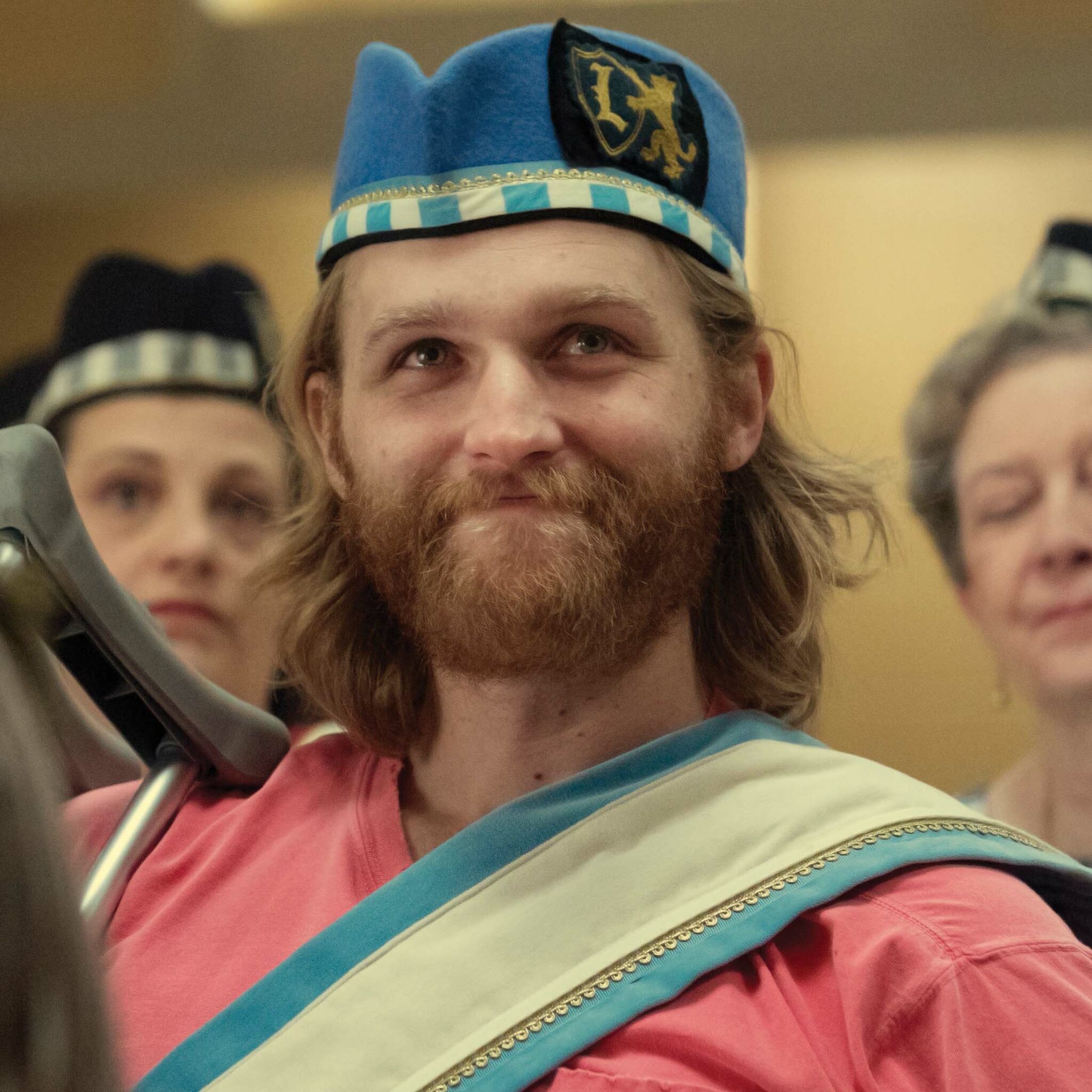
AMC comedy series Lodge 49 showrunner Jim Gavin explains his fraternal influences.
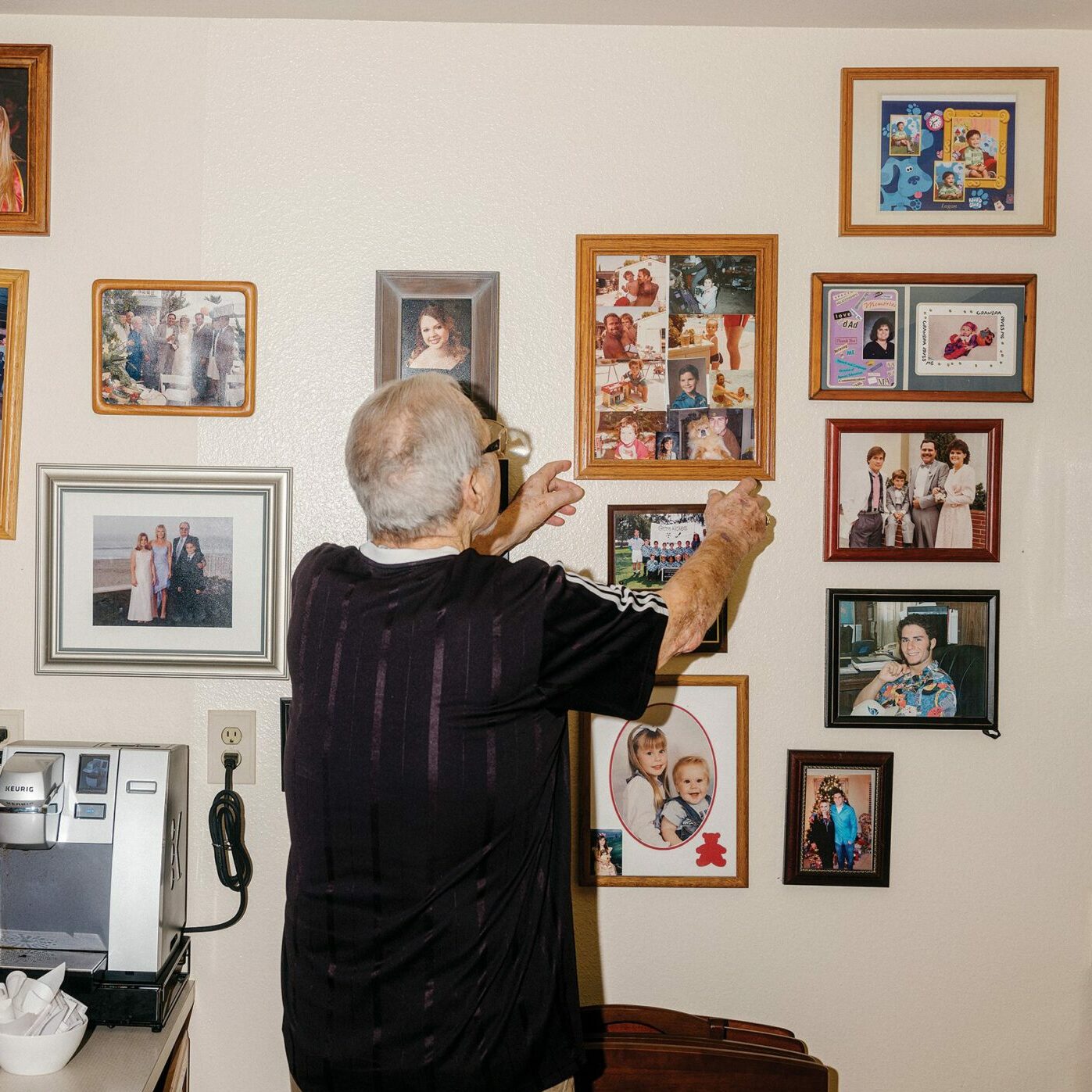
For seniors at the Masonic Homes of California, moving in is an opportunity to focus on what matters most.